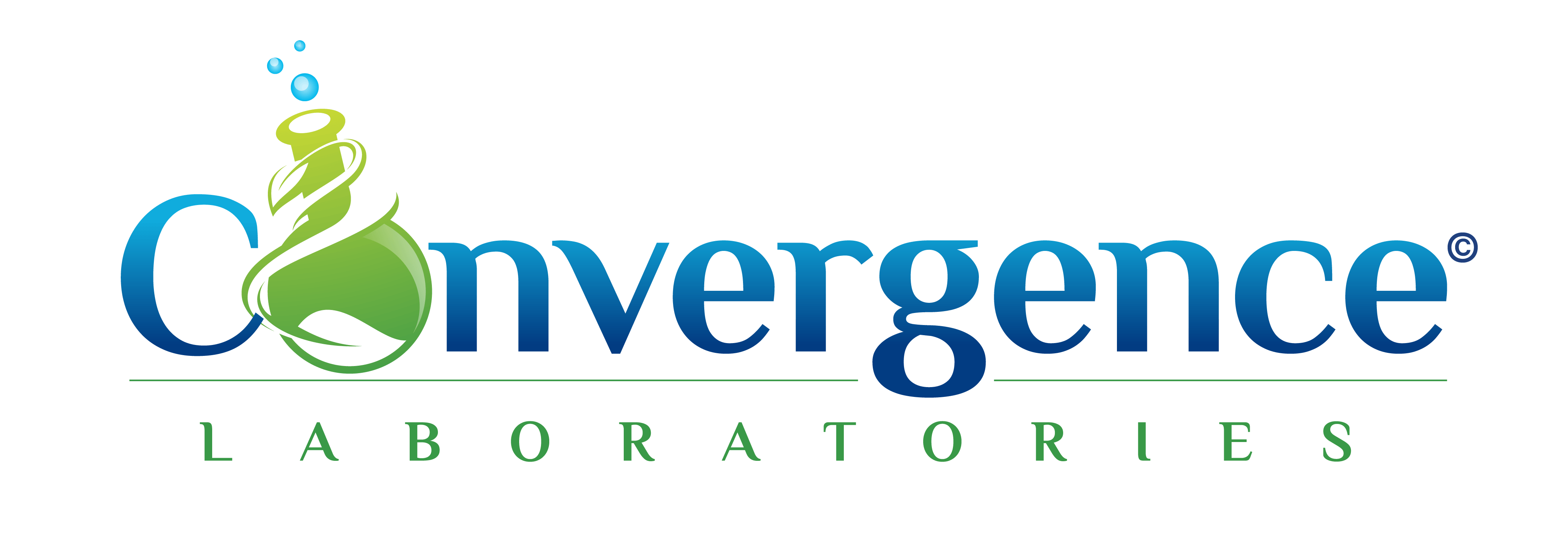THCA Vs THC: What Are the Differences?

Even if you don’t know very much about cannabis, chances are you’ll have heard of THC.
Tetrahydrocannabinol (THC) is the chemical compound responsible for the intoxicating effects that come with cannabis use, and depending on the exact strain of cannabis used, it can be one of the most abundant cannabinoids present in a product. There are even strains of cannabis that have been specially bred by cultivators for the express purpose of developing very high levels of THC, thereby becoming a more potent plant.
And yet, if you were to chew on the leaves of some freshly picked high-THC cannabis, you wouldn’t feel a thing.
Why? No matter how potent a cannabis strain might claim to be, there is almost no THC present in the raw cannabis plant material.
What is THCA?
All of the major cannabinoids present in cannabis come from the “mother of all cannabinoids” – cannabigerolic acid (CBGA).
As the cannabis plant matures, enzymes which are unique to each cannabis strain convert the CBGA into some combination of the three major cannabinoid precursor compounds: tetrahydrocannabinolic acid (THCA), cannabidiolic acid (CBDA), and cannabichromenic acid (CBCA).
1579517924125.png)
Conversion of cannabigerolic acid (CBGA), to tetrahydrocannabinolic acid (THCA), to tetrahydrocannabinol (THC)
THCA is the precursor to the intoxicating THC compound. In order to produce THC, the cannabis plant material needs to be exposed to heat, or some other driving force, that is capable of initiating thermal decarboxylation – the process through which THCA loses its acidic carbonyl group to become THC. This is why you wouldn’t feel anything if you chewed on some freshly harvested cannabis; there has been very little time for sunlight or other sources of energy to encourage THC formation in this way.
Cannabis is able to produce intoxicating effects when used because the most common methods of consuming cannabis – smoking, vaporizing, baking into an edible, or extraction to form a concentrate – are all powerful enough to be able to kickstart this process and transform THCA into the more intoxicating THC.
THCA and potency
Since THCA is a precursor to THC, THCA is still an important cannabinoid to take into account when calculating the potency of a cannabis strain, even though THCA itself is non-intoxicating.
One of the most popular methods for measuring cannabis potency is gas chromatography. In this method, there should be enough heat applied to the cannabis material being tested in order to decarboxylate the THCA present and form THC. As potency is normally expressed in terms of percentage THC, this method should, in theory, be able to directly determine the potency of a product.
However, this heating and subsequent decarboxylation will also cause the cannabis material to lose a noticeable amount of weight as the THCA molecules lose their carbonyl groups en masse. In order to accurate determine the total THC content of a raw cannabis strain, this needs to be taken into account in potency calculations. Generally, this formula looks like:
THC total = (% THCA) x [final mass/initial mass] + (% THC)
This gives a good estimation of the total THC present in the raw cannabis strain. This is also sometimes referred to as the maximum THC, as in practice, under typical smoking conditions not all THCA will be converted into THC. The true amount of THC consumed is hard to estimate, but studies suggest that anywhere between 30-70 percent of THCA in a strain may not be converted in the smoking process.
The potential benefits of THCA
Thanks to its non-intoxicating nature, THCA is a much poorer agonist of the body’s CB1 cannabinoid receptors than THC. However, that doesn’t mean that THCA has no important effects.
Compared to THC, there have been relatively few studies done on the potential therapeutic uses of THCA. But preliminary research and anecdotal reports appear to suggest that the pre-cursor could also have a multipurpose array of potential therapeutic benefits.
So far, preliminary studies have linked THCA to:
- Anti-inflammatory properties in the treatment of arthritis and lupus
- Neuroprotective effects useful in the treatment of neurodegenerative diseases
- Anti-emetic effects for combatting nausea and appetite loss
- Anti-proliferative effects, specifically noted in studies of prostate cancer
Anecdotal evidence would also suggest that THCA could be effective in managing insomnia, muscle spasms, pain, and other related symptoms, though these claims have yet to be backed up by any high-quality scientific research.
Methods of consuming THCA
As THCA quickly becomes THC when exposed to heat, if you are consuming cannabis by smoking, vaping, or eating cooked foods containing cannabis, there is likely to be relatively little THCA remaining in these products.
One of the most popular ways to consume THCA is through raw cannabis juicing. Cannabis juices have become a trend amongst “cannabis influencers,” and have now begun to find their way onto the menus of trendy cannabis wellness shops and cafes.
Making a cannabis juice is simple; it’s essentially the same process as making kale juice, but using cannabis leaves instead of traditional leafy greens. As the cannabis is never heated in this process, juicing can extract THCA from the cannabis material without converting significant amounts to THC. This way, consumers can enjoy using THCA for medicinal or therapeutic purposes without getting a cannabis high.
There are also raw cannabis tinctures, and raw cannabis edibles that can be bought pre-made on the market, which contain high levels of THCA and other raw cannabinoids. These products have the advantage of being labelled with precise dosing information, so that users know exactly how much THCA (plus other cannabinoids) they’re consuming. With cannabis juicing and other DIY raw cannabis trends, it’s much harder for consumers to estimate what, and how much, they’re taking.


